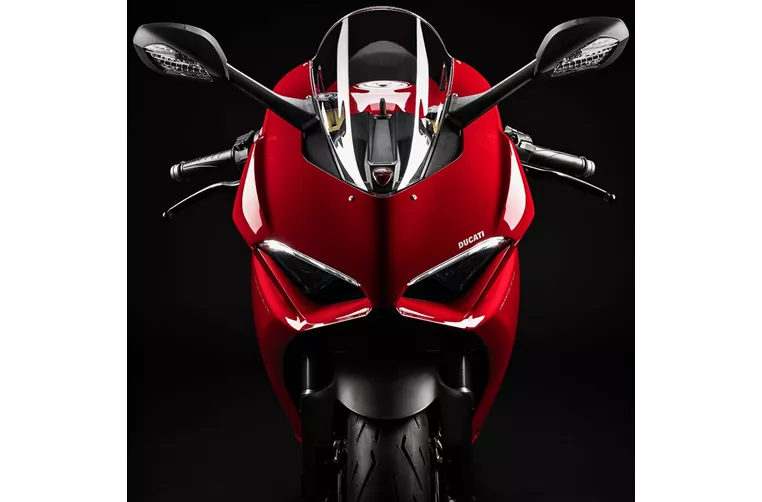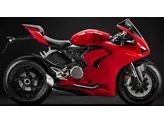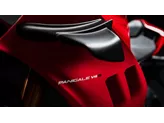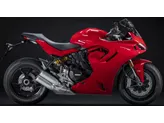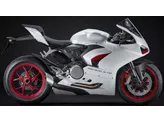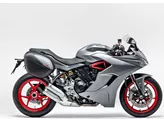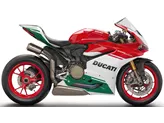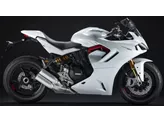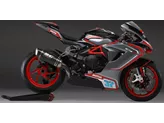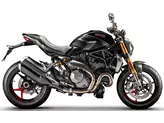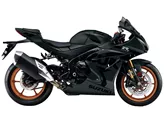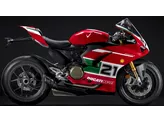Suzuki GSX-R 1000 R 2017 vs. Ducati Panigale V2 2020

Suzuki GSX-R 1000 R 2017
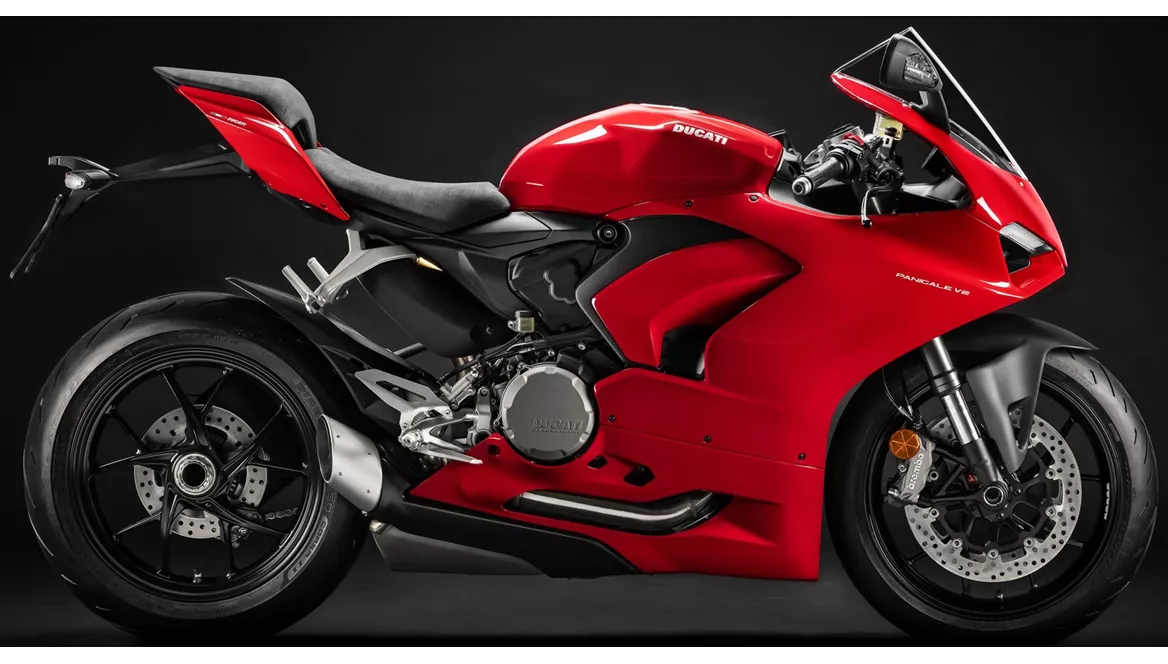
Ducati Panigale V2 2020
Vue d’ensemble - Suzuki GSX-R 1000 R 2017 vs Ducati Panigale V2 2020
In terms of engine specifications, the Suzuki GSX-R 1000 R 2017 has an in-line engine type with a bore of 76 mm and a stroke of 55.1 mm. It produces an impressive engine power of 202 HP and a torque of 118 Nm. The compression ratio is 13.2, and it has four cylinders with four valves per cylinder. The valves are DOHC, and the displacement is 999 ccm. On the other hand, the Ducati Panigale V2 2020 has a V-type engine with a bore of 100 mm and a stroke of 60.8 mm. It generates a slightly lower engine power of 155 HP and a torque of 104 Nm. The compression ratio is 12.5, and it has two cylinders with four valves per cylinder. The valves are Desmodromic, and the displacement is 955 ccm.
Both motorcycles feature upside-down telescopic forks for the front suspension. The suspension technology is Big Piston, and the brand is Showa. The diameter of the front forks is 43 mm, and they offer adjustment options for compression, preload, and rebound. The rear suspension of the Suzuki GSX-R 1000 R 2017 is a swing arm with a monoshock, while the Ducati Panigale V2 2020 has a single swing arm with a monoshock. The rear suspension brand for the Suzuki is Showa, while the Ducati uses Sachs. Both motorcycles have suspension adjustments for compression, preload, and rebound. The material of the rear suspension is aluminum for both bikes.
In terms of the chassis, both motorcycles have an aluminum frame. However, the Suzuki GSX-R 1000 R 2017 has a twin-tube, twin-spar frame type, while the Ducati Panigale V2 2020 has a monocoque frame type. The rake angle for both motorcycles is 66 degrees, and the trail is 95 mm for the Suzuki and 94 mm for the Ducati.

Suzuki GSX-R 1000 R 2017
For the braking system, both motorcycles have double disk brakes at the front with a diameter of 320 mm. The actuation is hydraulic, and the technology is radial, monoblock. The brand for the front brakes is Brembo for both bikes.
In terms of advanced rider assistance systems, both motorcycles offer various features. The Suzuki GSX-R 1000 R 2017 includes ABS, riding modes, ride by wire, and traction control. On the other hand, the Ducati Panigale V2 2020 offers riding modes, cornering ABS, ride by wire, quickshifter, traction control, and anti-wheelie.
In terms of dimensions and weights, both motorcycles have a front tire width of 120 mm and a front tire diameter of 17 inches. The rear tire width is 190 mm for the Suzuki and 180 mm for the Ducati, both with a rear tire diameter of 17 inches. The wheelbase is 1410 mm for the Suzuki and 1436 mm for the Ducati. The seat height is 825 mm for the Suzuki and 840 mm for the Ducati. The kerb weight with ABS is 203 kg for the Suzuki and 200 kg for the Ducati. Both motorcycles have a fuel tank capacity of 17 liters.
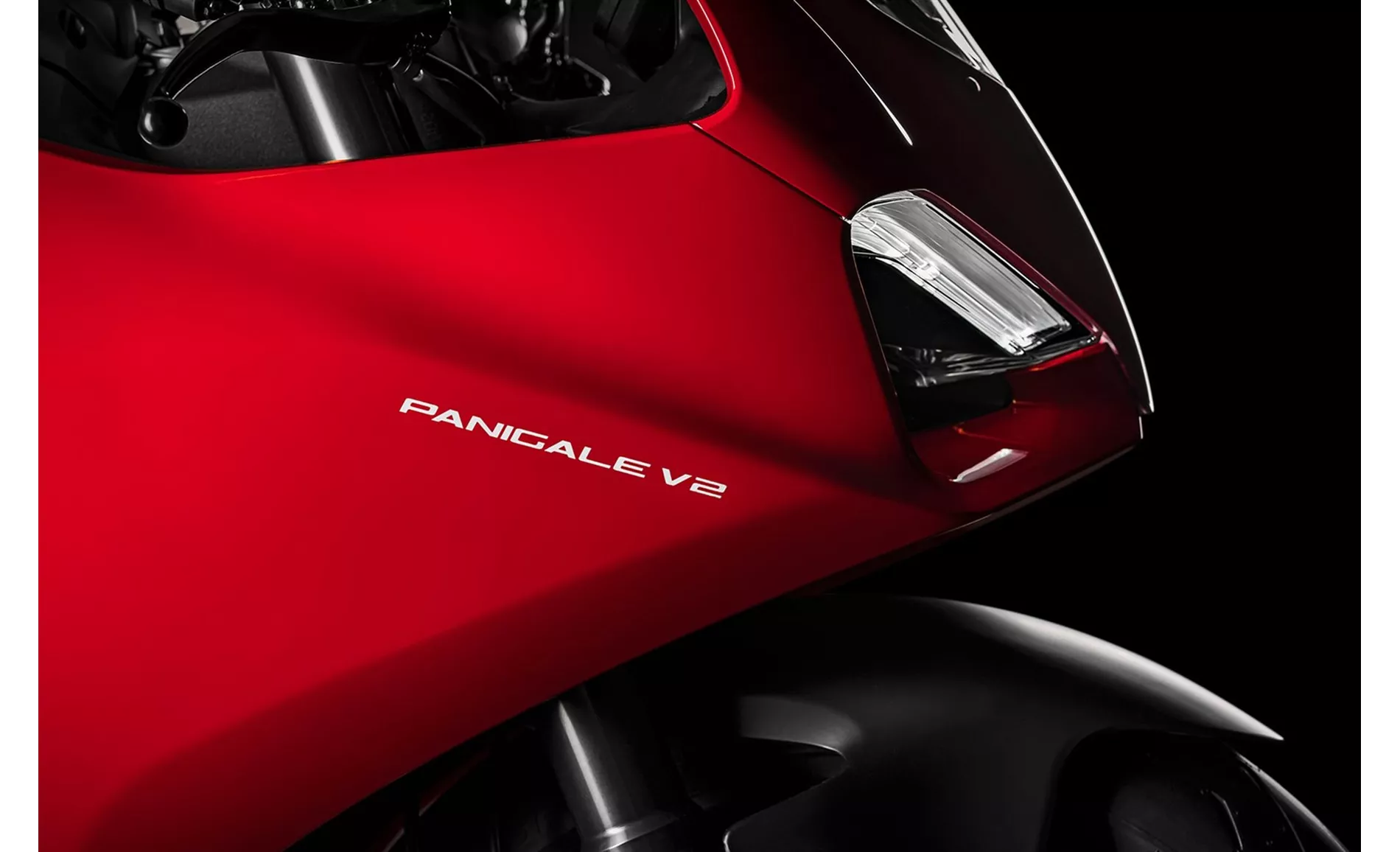
Ducati Panigale V2 2020
In terms of strengths, the Suzuki GSX-R 1000 R 2017 is praised for its high-revving engine, stable cornering, and high-quality chassis. It is also commended for its quickshifter and performance on fast tracks. On the other hand, the Ducati Panigale V2 2020 is praised for its beautiful design, outstanding electronics package, and "experienceable" engine, ergonomics, and electronics. It is also considered a great option for supersport beginners and returners.
In terms of weaknesses, the Suzuki GSX-R 1000 R 2017 is criticized for its non-adjustable engine brake and the fact that its wheely control is linked to traction control. The Ducati Panigale V2 2020 is said to have a slight lack of horsepower compared to other engines of its size, but it is noted that there are no comparable alternatives to the V2 currently available. It is also mentioned that the true potential of the Ducati is only fully realized in Race mode.
Overall, both the Suzuki GSX-R 1000 R 2017 and the Ducati Panigale V2 2020 have their own strengths and weaknesses. The Suzuki offers a more powerful engine and a stable cornering experience, while the Ducati stands out with its design, electronics package, and overall "experienceability."
Caractéristiques techniques Suzuki GSX-R 1000 R 2017 par rapport à Ducati Panigale V2 2020
Avantages et inconvénients en comparaison
Avantages et inconvénients en comparaison
Suzuki GSX-R 1000 R 2017

Suzuki a réussi à rendre la GSX-R 1000 R 2017 géniale. Une moto puissante comme un ours avec une courbe de couple incroyablement douce. Incroyable avec 202 ch ! Le châssis est de grande qualité et l'électronique n'a pas de paillettes, mais elle offre des performances exceptionnelles.
Ducati Panigale V2 2020
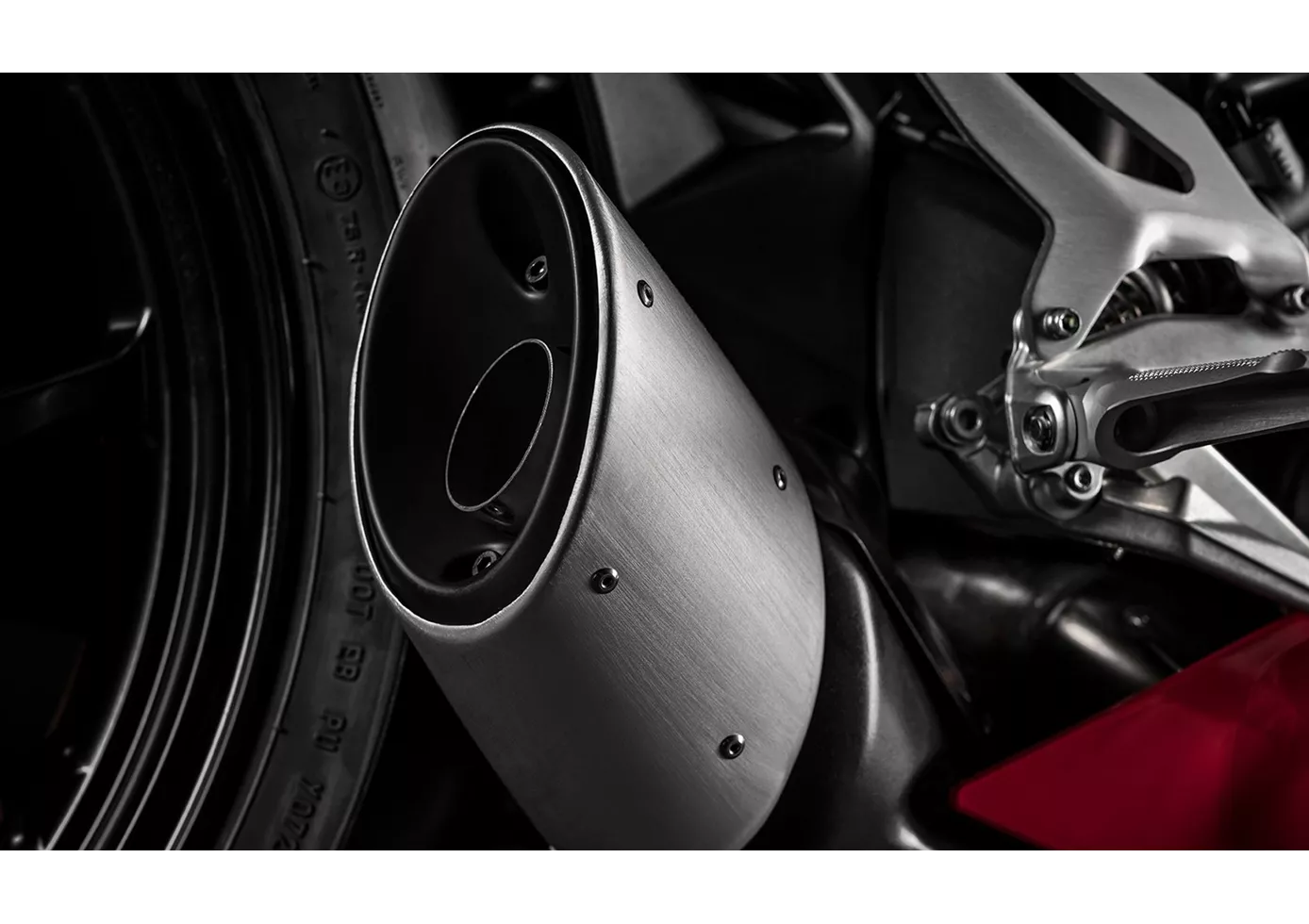
La Panigale V2 est pour nous la supersportive de campagne par excellence. Des systèmes d'assistance électroniques sophistiqués qui ne laissent rien à désirer, un moteur Ducati Superquadro bicylindre de 955 cm³ qui, avec ses 155 ch, génère plus que suffisamment de puissance pour la route, une position de conduite agréable et une grande maniabilité. Tout cela caractérise la Panigale V2 et c'est pour cette raison qu'elle est pour nous, à l'heure actuelle, "la" supersportive de campagne, mais elle fait aussi bonne figure sur les pistes de course. La Panigale V2 devrait surtout plaire aux pilotes pour qui 200 ch est une fusée de trop et à tous ceux qui sont tombés sous le charme de cette œuvre d'art sur deux roues.
Comparaison des prix Prix moyen du marché Suzuki GSX-R 1000 R vs Ducati Panigale V2
There are a few key differences between a Suzuki GSX-R 1000 R 2017 and a Ducati Panigale V2 2020. It takes less time to sell a Ducati Panigale V2 with 84 days compared to 176 days for the Suzuki GSX-R 1000 R. Since model year 2017 1000PS.de editors have written 13 reviews for the Suzuki GSX-R 1000 R and 9 reviews for the Ducati Panigale V2 since model year 2020. The first review for the Suzuki GSX-R 1000 R was published on 10/4/2016 and now has more than 197,700 views. This compares to more than 70,000 views for the first review on Ducati Panigale V2 published on 10/23/2019.

